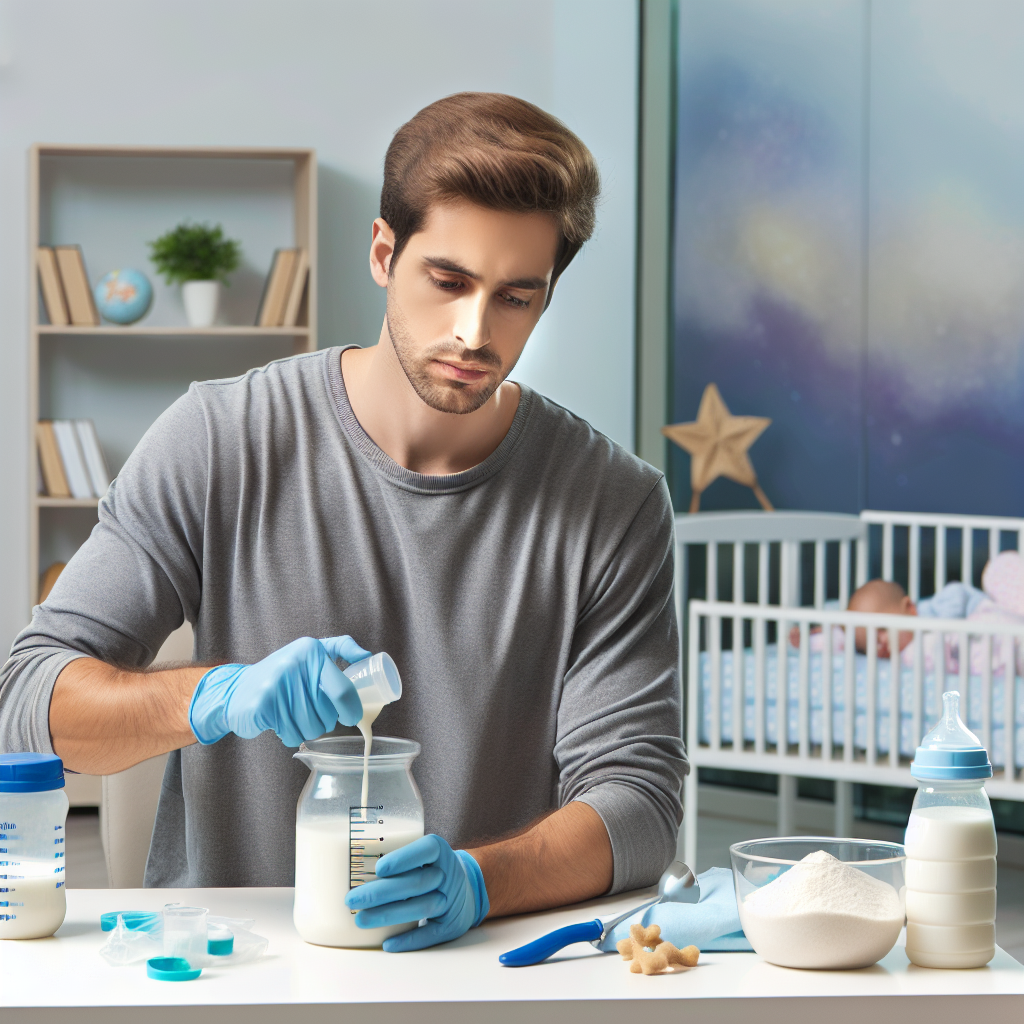Preparing Milk Powder: Tips for Safe Baby Feeding
With the arrival of your little one, ensuring proper and safe nutrition becomes one of your main concerns. In the absence of breast milk or as a supplement, powdered milk is a viable and nutritious option. But preparing it requires extra care to ensure your baby gets the best. This step-by-step guide is vital for all parents who want to successfully navigate formula feeding.
The importance of choosing the right milk powder
Choosing formula for your baby can seem like a daunting task, but at its core, it's all about understanding your baby's specific nutritional needs. There is a wide variety on the market, each formula having unique characteristics. For example, some are rich in iron, others are specially designed for premature babies or those with specific allergies.
It is important to talk to your pediatrician before choosing the right product, as he or she will be able to give you the best recommendations based on your child's medical history and development.
Basic instructions for preparing powdered milk
Proper formula preparation is crucial for baby's health. First of all, make sure you read and follow the manufacturer's specific instructions on the product label. This is the first and most important rule - not all formula is made the same.
It is also essential to use drinking water or, if necessary, chilled boiled water to avoid bacterial contamination. The water used to prepare the milk should not be hot, its temperature should be approximately equal to body temperature.
Cleaning and sterilization of utensils
Cleanliness is just as important as the actual preparation. Before using bottles, teats and other feeding utensils, they should be washed in warm soapy water and then sterilized to remove any bacteria. Stereoization can be done by boiling or using an electric steam sterilizer.
Safe storage of powdered milk
Once prepared, the powdered milk should be consumed as quickly as possible, ideally within an hour. If there is milk left, it should not be reused; any excess must be discarded. Raw milk powder should be stored in a cool, dry place, away from heat or moisture, and preferably in its original tightly closed container.
Motor Development and Feeding with Milk Powder
The bottle feeding process can be a great opportunity for developing your baby's motor skills. Holding the bottle, making eye contact with the feeder, and coordinating sucking with swallowing and breathing are all key elements in early development.
Encourage your child to actively participate when they are old enough to hold a bottle. This not only supports motor development, but also contributes to creating a sense of independence and confidence.
Language development
Although it may not seem directly related, the formula feeding process has an impact on your baby's language development. The musculature involved in sucking is the same that will later be used to form sounds and words.
Feeding time is ideal for mutually enjoyable verbal interactions that stimulate hearing and speech development. Talk and sing to your baby while feeding; it's a great way to build strong emotional bonds.
Conclusion
Feeding your baby with powdered milk requires special attention and impeccable cleanliness, but it is also a chance to contribute to the integral development of your little one. By following the preparation and storage instructions, you take care not only of the necessary nutritional intake, but also of the baby's general health.
Consider how the feeding process influences your baby's motor and language development and use those moments to build a strong relationship between you and your baby. With any questions or concerns about formula feeding, don't hesitate to seek professional advice.
Podcasts and blogs are also good resources to learn more and share experiences with other parents. Last but not least, be sure to subscribe to our newsletter to stay up to date with the latest news and tips for your baby's safety and health.














































































































































